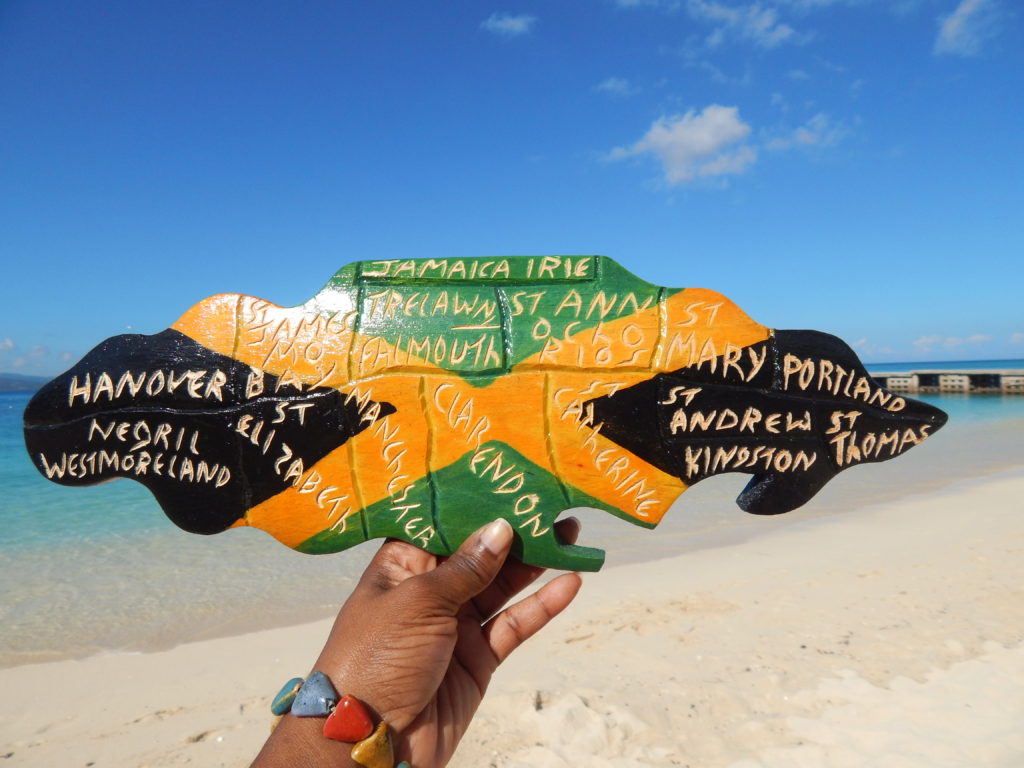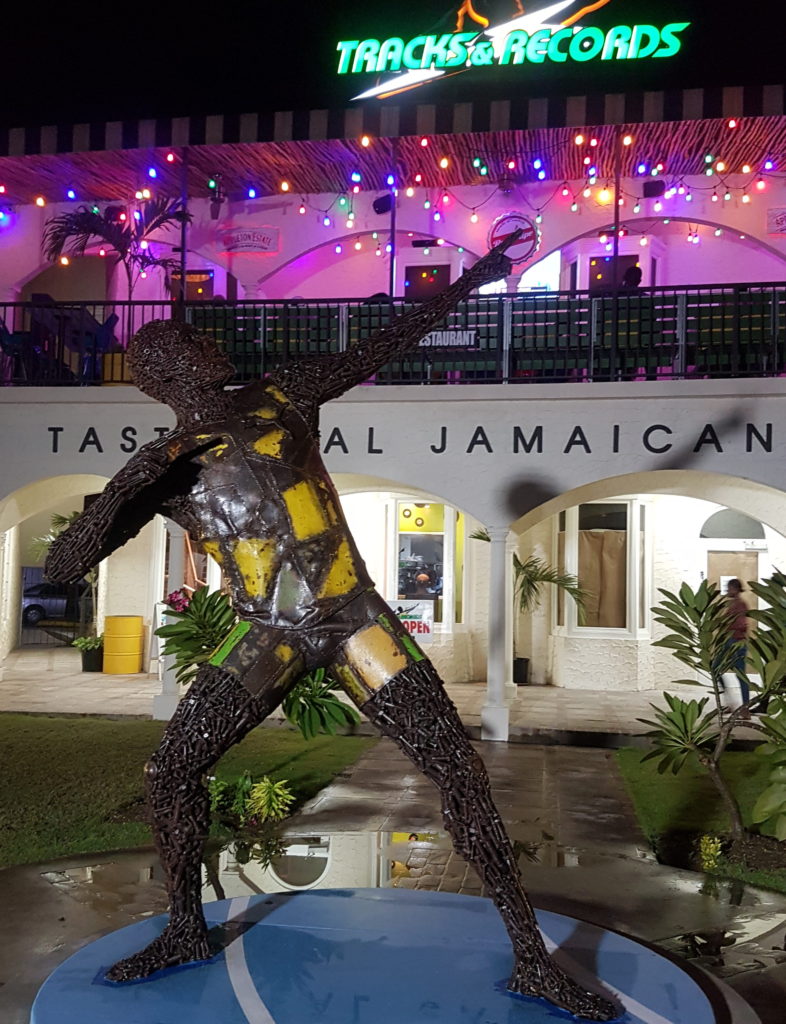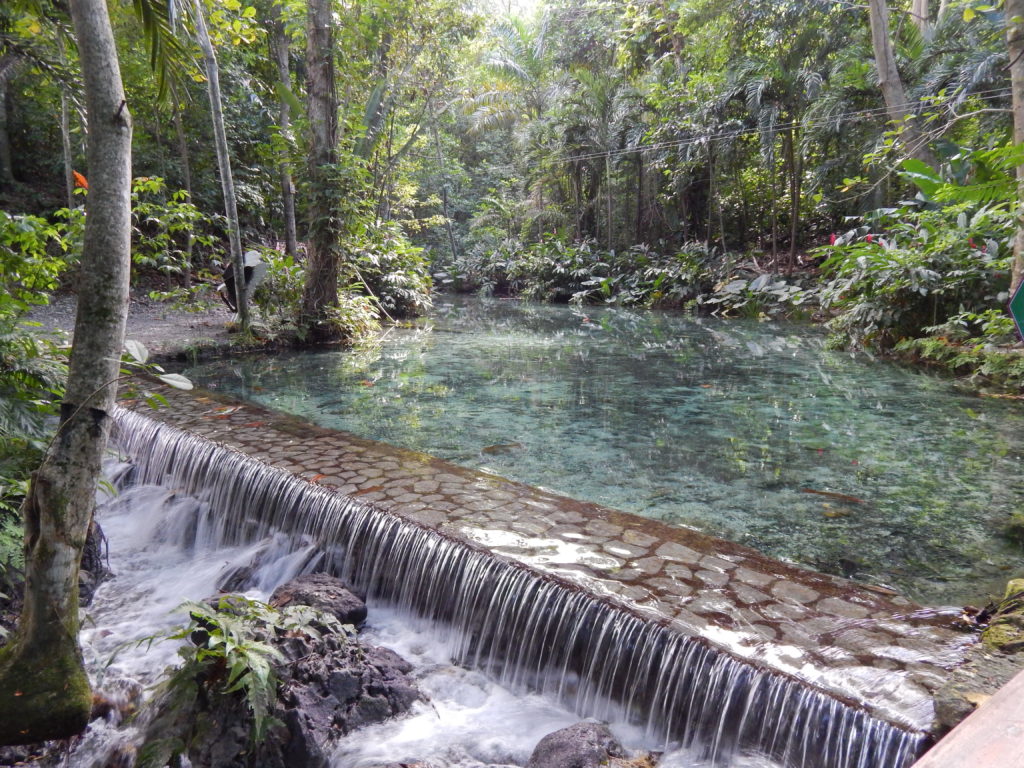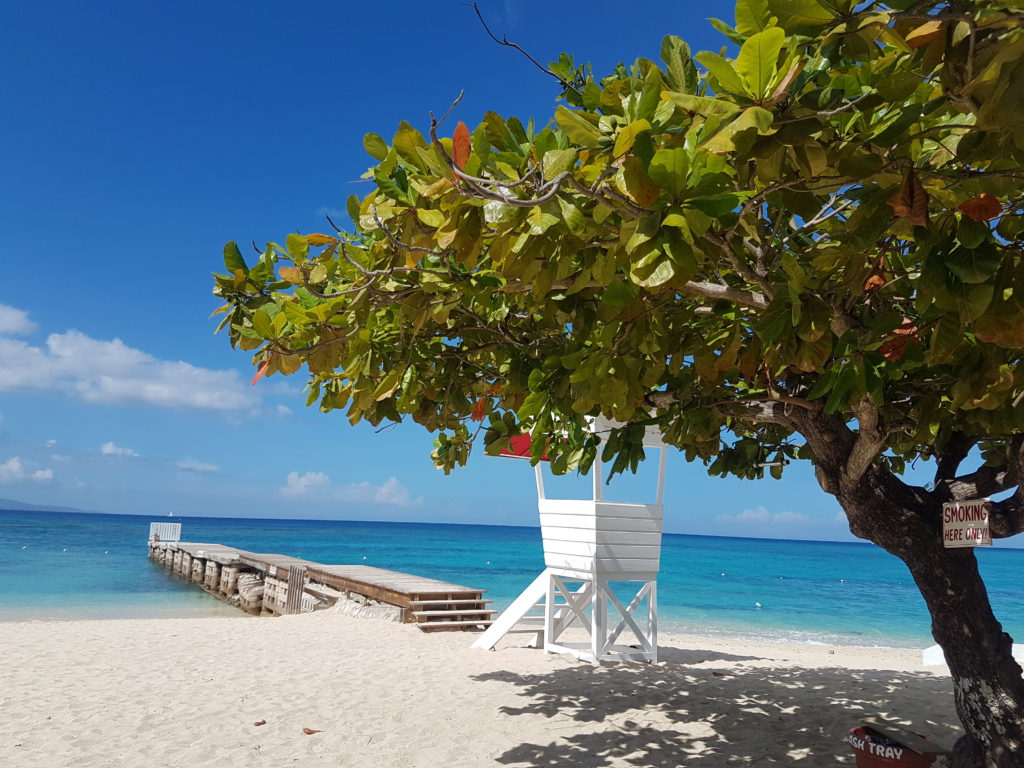
Jamaica has long been a popular vacation and honeymoon destination, thanks to spectacular weather year-round. Unlike the freezing winters of North America and Europe, consistently warm, tropical weather makes Jamaica the ideal getaway to escape the cold. Coastal temperatures on the island range from a minimum of 22°C to a maximum of 31°C (72°F to 88°F), one of many reasons millions of tourists choose this Caribbean paradise. So, when’s the best time to visit? Well, some months are more favourable for sunbathing on the beach than others.

The dry season
The driest and coolest period starts in January and ends in April; February and March being the least rainy months. If you want to swim, sunbathe, visit cities, or go on excursions, the dry season is the best time to do it. However, many visitors are already in on this ‘secret’ so be prepared to stand in line. The dry season is part of the Jamaica’s winter tourist season, from December to April, when the island sees an influx of tourists from around the world. This being the peak travel season, there will likely be increased waiting times to popular attractions, and prices for accommodation will go for top dollar in response to the increased demand. In fact, if you don’t book your vacation at least three months in advance, you could lose out on the ideal place to stay. Overall, the dry season is very conducive to fun, gratifying outdoor activities, and lots of sunshine.
The rainy season
Characterized by late afternoon thunderstorms across most of the island, Jamaica’s rainy seasons tarts in mid-April and ends in October, with a relative lull in precipitation in July. This pattern is attributed to the north-east trade winds. These winds, typical of the tropics, blow from November to March.

Jamaica’s north coast gets an average of 1,200 to 1,800 millimetres of rain per year. The southern coasts of the island – sheltered from the trade winds by the Blue Mountains in the east, and hills in the west – are notably less rainy; the Pedro Plains in St. Elizabeth receiving about 800 mm of rain per year, and Kingston, the island’s capital, receiving roughly the same amount.
If you’d like to travel to Jamaica during the rainy season, there is some good news. The rainy season is part of what’s called slow season (June to November) for Caribbean travel. Increased rainfall, and the impending hurricane season mean fewer crowds and reduced waiting times to your favourite destinations and attractions. However, these months can gethot and muggy. You can still experience the best of what Jamaica has to offer by keeping an eye on the weather forecast. On the plus side, flights and accommodations do tend to be a lot cheaper during these months.
Hurricane season
Jamaica, like the rest of the Caribbean, is especially susceptible to hurricanes. The North Atlantic Hurricane Season begins on June 1 and ends on November 30, with the season peaking around September to October. Consequently, travelling during the hurricane season can be risky, with the increased likelihood of your vacation being disrupted by flight cancellations and other inconveniences in the event that a potentially dangerous hurricane makes landfall. If you happen to be in Jamaica during a hurricane, do follow the instructions of hotel staff and contact the Jamaica Tourist Board or your country’s consulate if you need assistance.

So, when is the best time to visit Jamaica?
For the best of both worlds – great weather plus affordable prices – travel from November to mid-December is recommended. It’s right before the start of peak season, when accommodations are easier to get and the attractions are not yet packed with the winter crowds. However, the peak season is busy for a reason. With drier, cooler weather and the threat of hurricanes removed, prices start to increase, as do the number of visitors, in mid-December and peak in January-February. All-in-all, the period from November to March is easily the best time of year to have the time of your life in Jamaica.
Happy travelling!